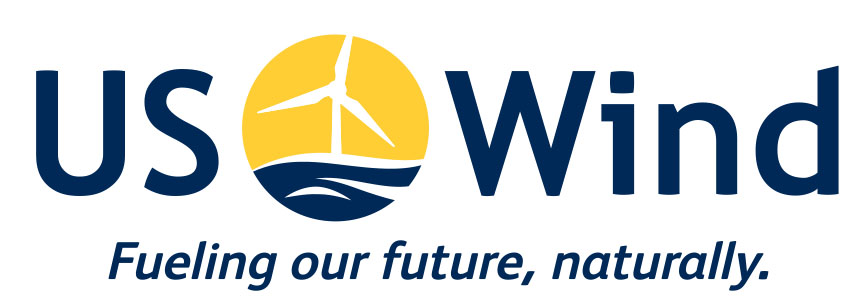Offshore wind innovation’s role in Maryland’s economic progress
The continuous shift to renewable energy has shed the light on the urgency of addressing climate change and its worsening effects on the environment, public health, and economy, among many others. Over the past few months, we at U.S. Wind have also explored the numerous significant benefits (along with the challenges) of developing measures to fortify the country’s commitment to develop the renewable industry, especially offshore wind, and empower citizens to improve their lives and their future.
In Maryland, the Clean Energy Jobs Act was approved by the Senate Finance Committee in March and then in the General Assembly in April. The bill would strengthen the state’s Renewable Portfolio Standard to 50% of its electricity sources by 2030 and includes provisions to invest in workforce development and small businesses owned by women, minorities, and veterans. It is not only an environmental bill, but it will also play a huge role in Maryland’s economic progress, saving the state roughly $240 million in federal tax credit a year.
The urgency in the measure is palpable now more than ever. The Baltimore Sun reported that Baltimore has set another record for the wettest year, and the world reached its highest recorded carbon dioxide level just earlier this month. In addition, Texas and the Midwest have experienced some of the worst flooding in history.
Anirban Basu, economic research firm Sage Policy Group Inc. chairman and CEO, outlined the economic implications of the Clean Energy Jobs Acts in an op-ed:
- An estimated provision of 1,200 additional megawatts of offshore wind capacity in Maryland will support an estimated 25,000 jobs over the installation period, where a job is defined as one position lasting for one year.
- Creating jobs with more than $1.5 billion in associated worker and business owner income. They are highly technical in nature and accordingly will support substantial wages.
- Construction-related activity will augment state-level tax collections by approximately $85 million and local level tax collections in Maryland will be augmented by approximately $55 million.
- Upon installation, operations of the offshore wind facilities will support nearly 1,500 permanent jobs in our state. These will be largely technical positions involving equipment maintenance and monitoring. Directly supported positions will be associated with more than $90,000 in annual worker compensation per job.
- The potentially massive impact on our state’s manufacturing sector.
The additional 1,200 megawatts of offshore wind-generated electricity capacity, set for installation by 2030, that is authorized in the act will, as our own Country Manager Salvo Vitale noted last month, reclaim Maryland’s “leadership position in the fast-developing offshore wind energy sector underway in the United States.” It will generate not only clean power but also significant economic activity for the state.
